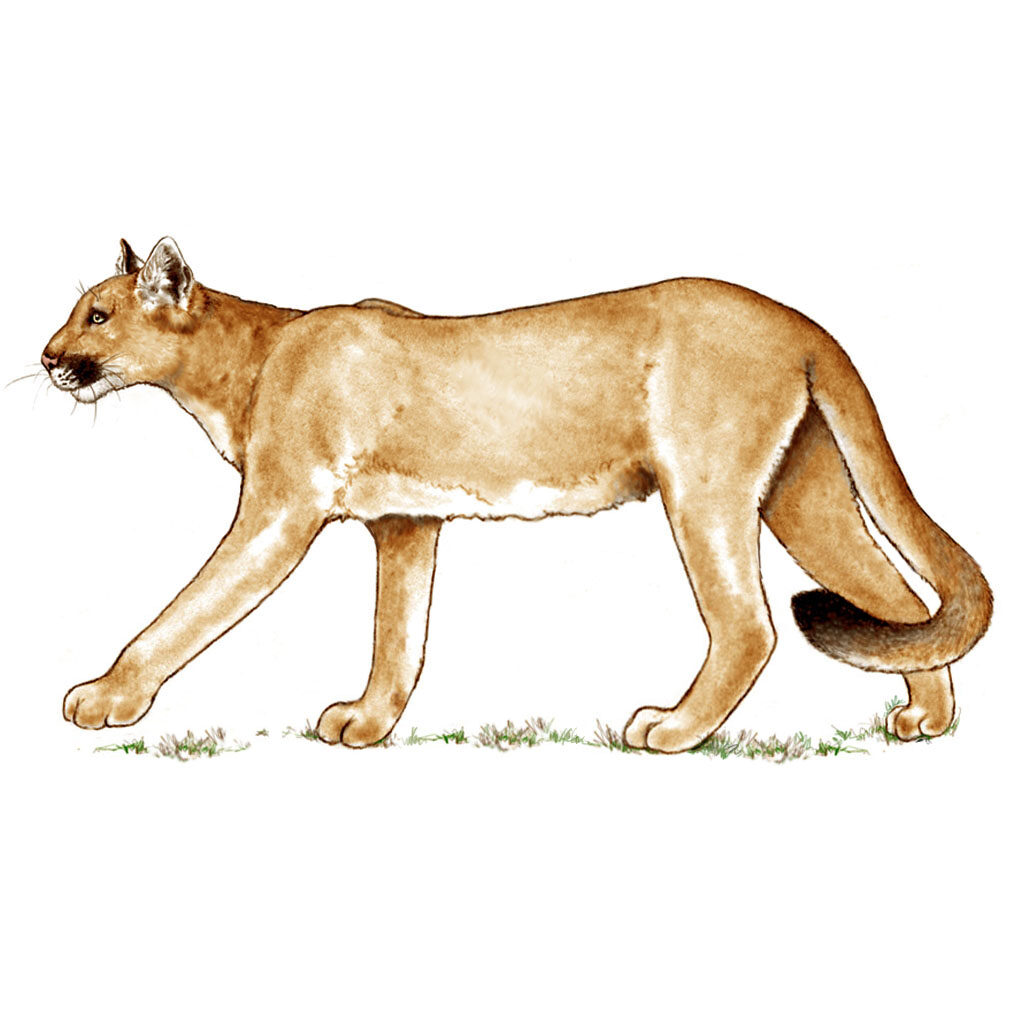Puma

The puma is one of the larger denizens of our Belizean rainforest, and has been seen in these Maya Mt. foothills repeatedly. Ranging from the Canadian Yukon to the southern Andes, the puma has the largest range of any wild land animal. In more northerly parts of the US it is a burly cat, heavier boned and usually more thickly furred than pumas in Belize.
A northern puma may weigh up to 220lbs, and is referred to as a cougar (KOO-gur). In the extreme Southeastern areas of the US, where it is endangered, it is called a panther and is slimmer, topping out at 160lbs and much more closely resembling the puma in Belize – a slim, lithe cat, shy and retiring, and seldom seen. Read more about pumas here.
Technically, the puma, although quite large, isn’t considered to be one of the “big cats” because it can’t roar. There is controversy about whether it actually screams, as some insist, but it does communicate with other pumas with incongruous meows, squeaks, purrs and chirps. Check them out here and here.
In Belize, where it has competition with the larger jaguar (also found in our area) the puma tends to hunt smaller animals, such as young crocodiles, agoutis, coatis, turkeys, gibnuts, armadillos, foxes and snakes. It will also snack on a tasty cicada or grasshopper given an opportunity. The puma is an “ambush predator,” and doesn’t chase prey down as a rule. It most commonly perches over a trail and jumps down on prey that passes beneath (although it will occasionally get into a livestock pen and wreak havoc with goats or sheep). Keeping an eye on overhead branches while walking in the forest is probably sufficient to keep you safe in puma country.
Appreciate your good luck if you are fortunate enough to spot a puma – some people have lived here for years without sighting one.